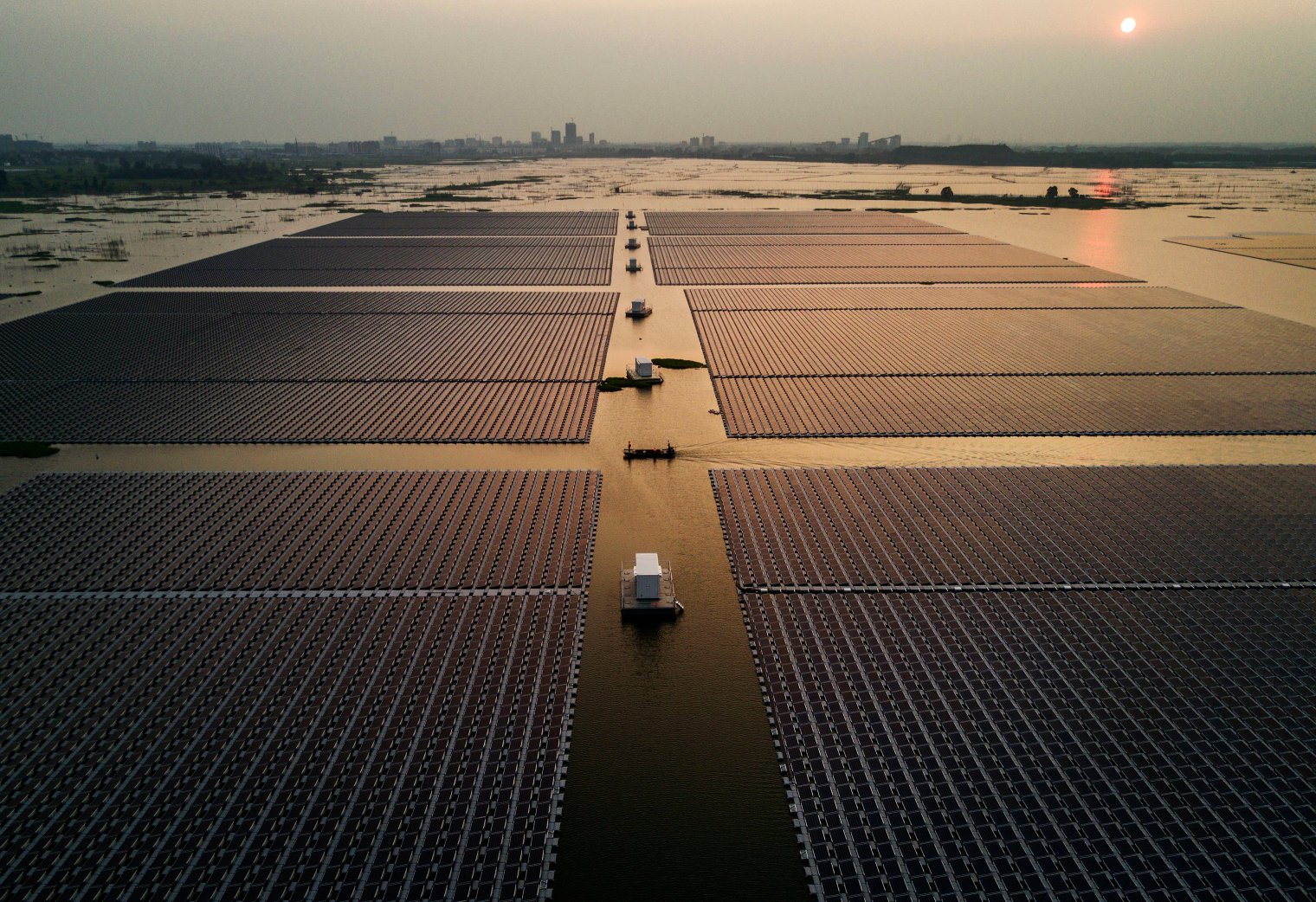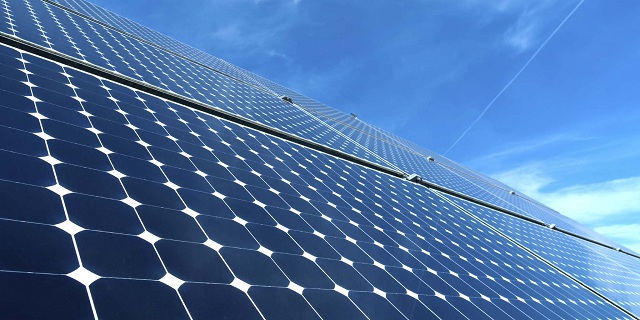An organic solar cell developed by Chinese scientists has set a record for converting sunlight into electricity, a major step forward in using these cheaper cells for real-world applications.
The team achieved a power conversion rate of 17 per cent – the highest recorded for an organic solar cell and the closest to the 18 to 22 per cent rate of commercially used silicon solar cells, according to a study published in Science on Thursday.
That high conversion rate could help put organic solar cells into commercial use in less than five years, said Chen Yongsheng, a chemistry professor at Nankai University in Tianjin and a lead scientist on the study.
Silicon has long been the top choice for solar panels because it made the conversion most efficiently. Organic photovoltaics are made from carbon and plastic – meaning they are cheaper and easier to manufacture than those made from silicon – but their use has been limited because they were less efficient at turning sunlight into energy, Chen said.
But the conversion rate has been improving rapidly in recent months. In April, researchers at the University of Michigan managed to turn 15 per cent of the sunlight hitting their organic solar cells into power.
Now, Chen and his team have gone higher, and they believe it could go up to 25 per cent.
“Organic solar cells are considered an option to address green energy demands due to their low cost and flexibility,” he said. “However, the materials of these cells tend to have a limited sunlight absorption range.”
The cells are produced as lightweight panels that are as thin as paper and similar to newsprint, according to the study. They can bend or curve to suit different structures, making it possible to use organic photovoltaics to power wearable devices and other internet-connected gadgets.
Chen and his team achieved the high conversion rate by expanding the cells’ sunlight absorption range. Dubbed a tandem cell approach, their model has two layers of active materials which can absorb wider wavelengths of light and generate more current.
The team’s organic solar cells have also proved stable for long-term use, Chen said. After 166 days of continuous testing, the organic solar cells’s conversion rate dropped by only 4 per cent, according to the study.
Organic solar cells usually degrade at a higher rate than those made from silicon, which on average loses 2 to 3 per cent efficiency per year, a Zhejiang University study found in 2017.
“The minor drop suggests the organic cells could be as competitive as other solar technologies for industry application,” said Chen, whose research was funded by China’s Ministry of Science and Technology and the Tianjin government.
Iain McCulloch, a polymer materials professor at Imperial College London who was not involved in the study, said the results were encouraging for the development of organic photovoltaics.
“[It] shows the potential of the technology and hopefully will attract new investment and interest,” McCulloch said.


